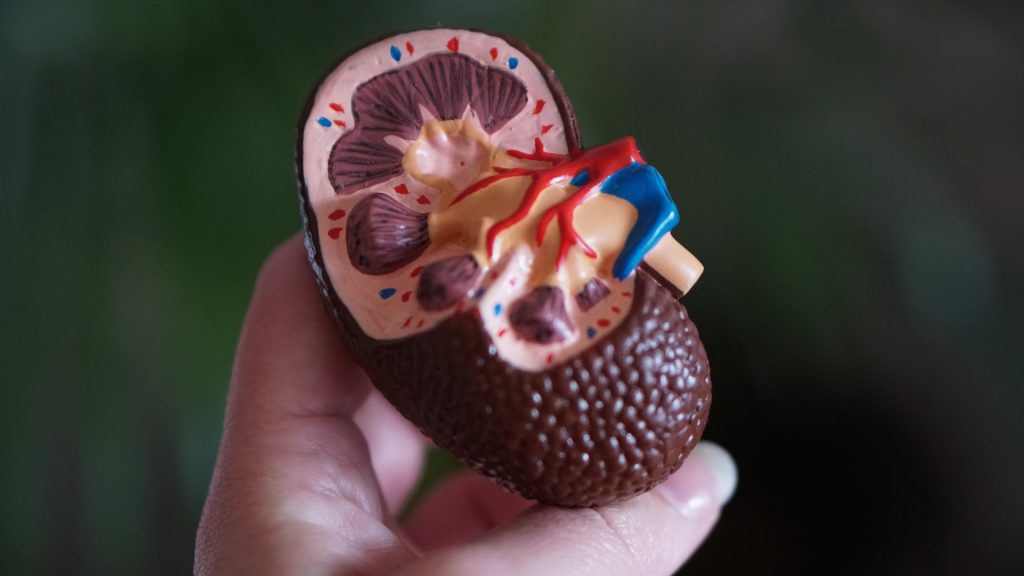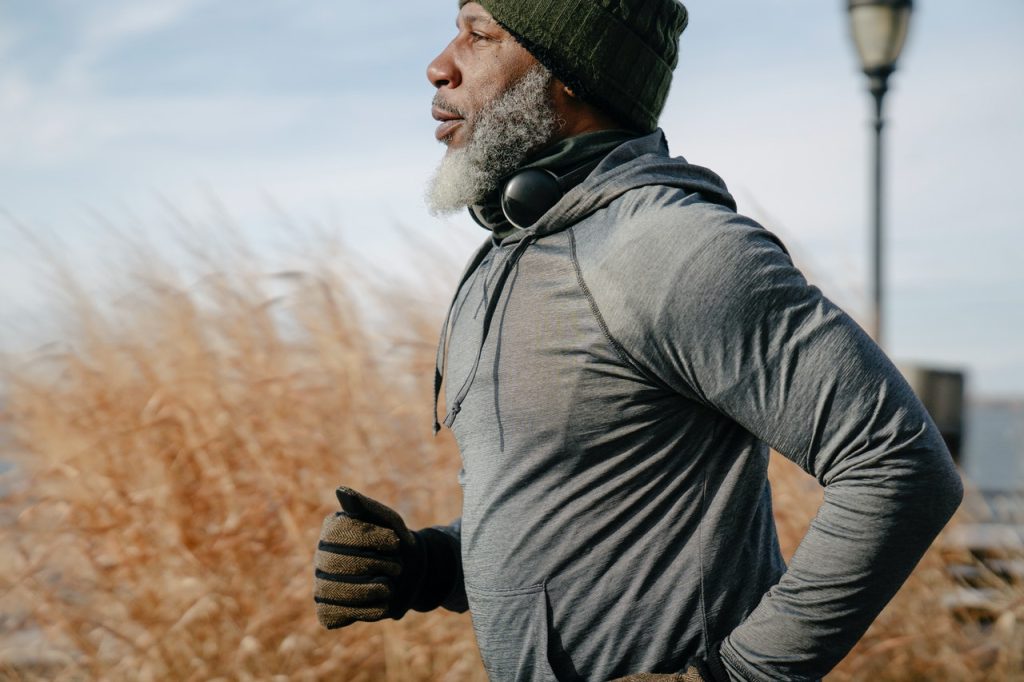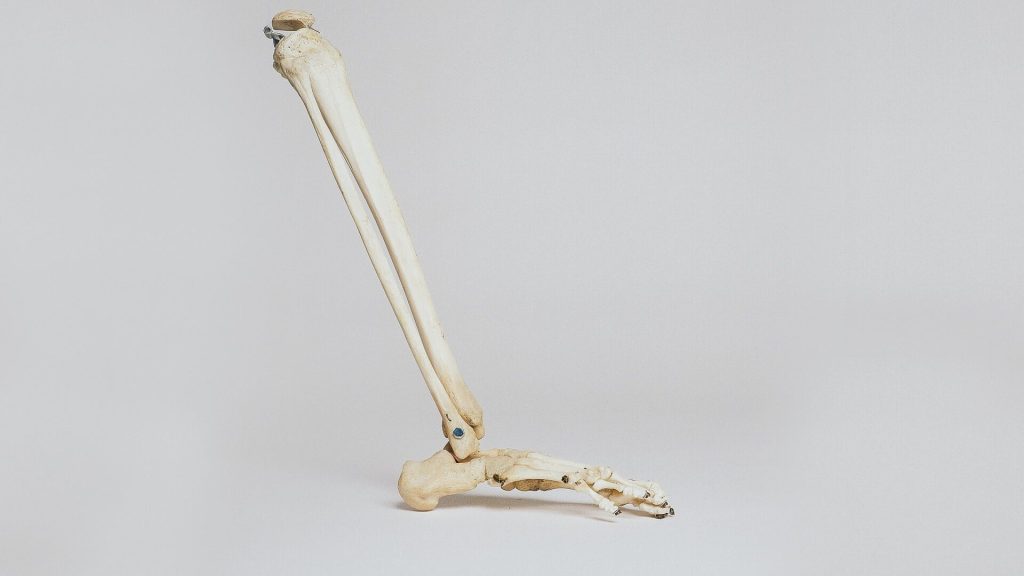COVID is Turning Some Children into ‘Fussy Eaters’

More and more children could be turning into ‘fussy eaters’ after a bout of COVID, according to smell experts at the University of East Anglia and Fifth Sense, a charity for people affected by smell and taste disorders.
This is because they may be suffering parosmia – a symptom where people experience strange and often unpleasant smell distortions. Once-loved foods like chicken may taste like petrol, for example, making it hard for children to eat those foods and maintain a healthy diet – or even take in enough calories to maintain their weight.
Together, Fifth Sense and leading smell expert Professor Carl Philpott from University of East Anglia, are launching guidance to help parents and healthcare professionals better recognise the disorder.
Prof Carl Philpott said: ”Parosmia is thought to be a product of having less smell receptors working which leads to only being able to pick up some of the components of a smell mixture. It’s a bit like Eric Morecambe famously said to Andre Previn – ‘it’s all the right notes but not necessarily in the right order’.
He said that as COVID swept through classrooms in the UK, there has been a growing awareness that it is affecting children too. “In many cases the condition is putting children off their food, and many may be finding it difficult to eat at all.
“It’s something that until now hasn’t really been recognised by medical professionals, who just think the kids are being difficult eaters without realising the underlying problem. For Prof Philpott, he is seeing teenage patients with parosmia for the first time in his career.
Fifth Sense Chair and founder Duncan Boak said: “We’re hearing anecdotal evidence that children are really struggling with their food after covid.
“If children are suffering smell distortions – and food smells and tastes disgusting – it’s going to be really hard for them to eat the foods they once loved.
“We’ve heard from some parents whose children are suffering nutritional problems and have lost weight, but doctors have put this down to just fussy eating. We’re really keen to share more information on this issue with the healthcare profession so they’re aware that there is a wider problem here.”
Together with Prof Philpott, Fifth Sense have put together guidance for parents and healthcare providers to help recognition and understanding of the problem.
The guidance shows that children should be listened to and believed. Parents can help by keeping a food diary noting those that are safe and those that are triggers.
“Establishing what the triggers are and what tastes ok is really important,” said Prof Philpott.
“There are lots of common triggers – for example cooking meat and onions or garlic and the smell of fresh coffee brewing, but these can vary from child to child.
“Parents and healthcare professionals should encourage children to try different foods with less strong flavours such as pasta, bananas, or mild cheese – to see what they can cope with or enjoy.
“Vanilla or flavour-free protein and vitamin milkshakes can help children get the nutrients they need without the taste. And it may sound obvious, but children could use a soft nose clip or hold their nose while eating to help them block out the flavours.”
‘Smell training’ has emerged as a simple and side-effect free treatment option for various causes of smell loss, and is a final option to consider.
Prof Philpott said: “Smell training involves sniffing at least four different odours – for example eucalyptus, lemon, rose, cinnamon, chocolate, coffee, or lavender – twice a day every day for several months.
“Children should use smells that they are familiar with and are not parosmia triggers. In younger children this might not be helpful, but in teenagers this might be something they can tolerate.”
Source: University of East Anglia







